- Home
- Jewelry catalog Jewelry catalog
- Diamonds Diamonds
- IQ Diamonds Studio
- Stocks
- Calculator
- Information
- About company
-
Ask a question
1121059, Moscow,
Bolshaya Dorogomilovskaya str., 1st, 2nd floor
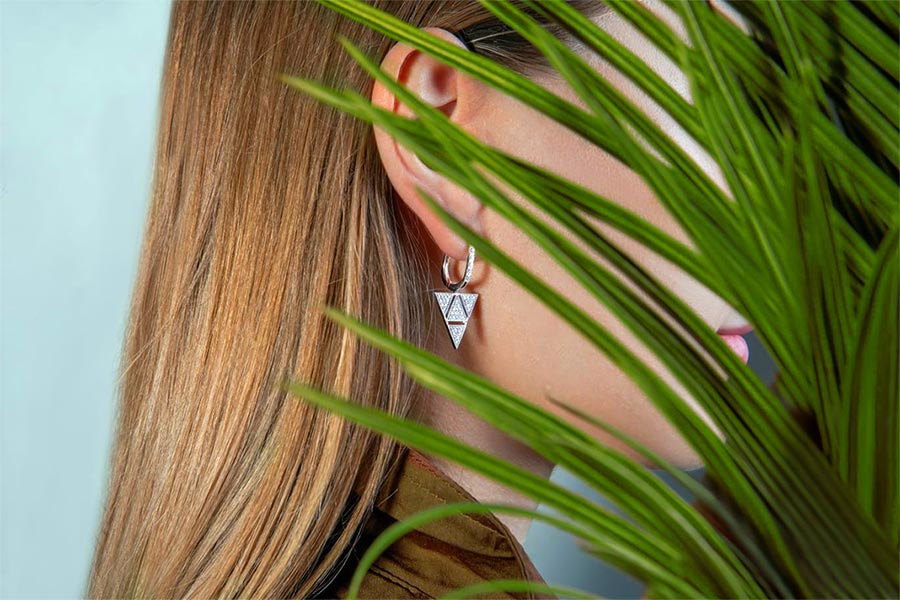
All for Diamonds
11.23.2023
The cultured diamond is the most talked about gemstone in recent times. There is more and more attention from jewelry manufacturers, luxury brands, and buyers who are in love with the sparkle and endless play of light of a diamond. We reveal secrets and share interesting facts about laboratory grown diamonds.
The cultured diamond is the most talked about gemstone in recent times. There is more and more attention from jewelry manufacturers, luxury brands, and buyers who are in love with the sparkle and endless play of light of a diamond. We reveal secrets and share interesting facts about laboratory grown diamonds.
1
The first diamonds grown by humans for sale were manufactured by General Electric in late 1954. The company spent 12 years coming up with a way to recreate natural processes. As a result, the carbon was heated to maximum temperatures and then compressed using a 400-ton hydraulic press.
All that scientists managed to make was brown diamond dust. Such stones were not suitable for jewelry, but they were excellent for industry. Diamond dust began to be applied to drills, discs and other tools.
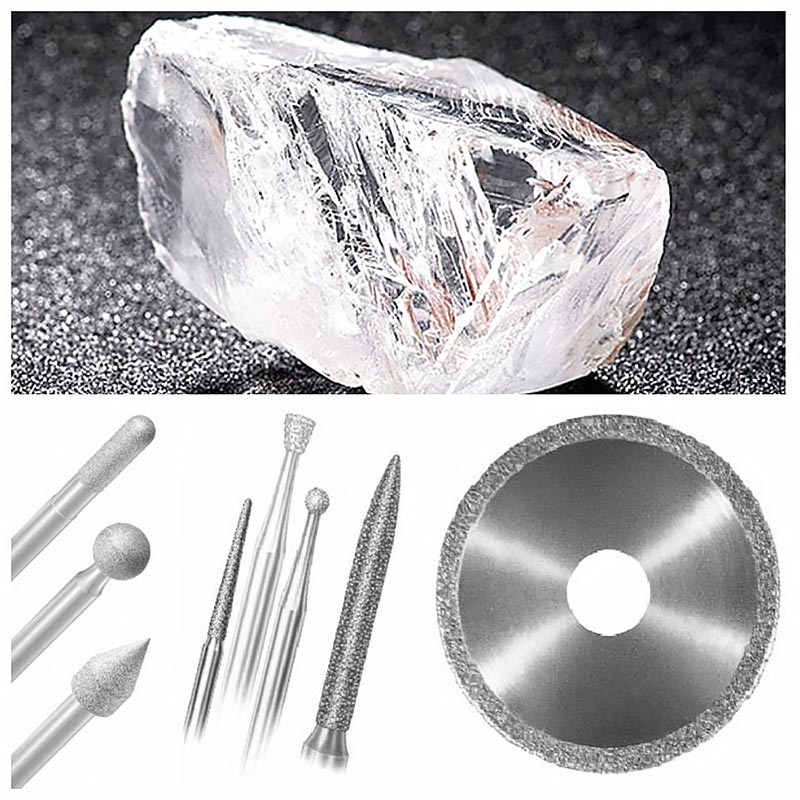
БThanks to diamond dust, it was possible to increase the strength
of tools and at the same time reduce the cost of their production.
2The first lab-grown diamond of the highest class IIa was created 58 years later - in 2012. A stone of exceptional chemical purity (VVS2), clarity and color F (that is, almost flawless D) was recognized as a pure CVD diamond. Those. a real diamond.
3Today, almost every diamond grown is of premium quality and belongs to type IIa. The one that is considered the best diamond shape in the world. Among natural diamonds, stones of this class are found less frequently - in only 2% of cases.
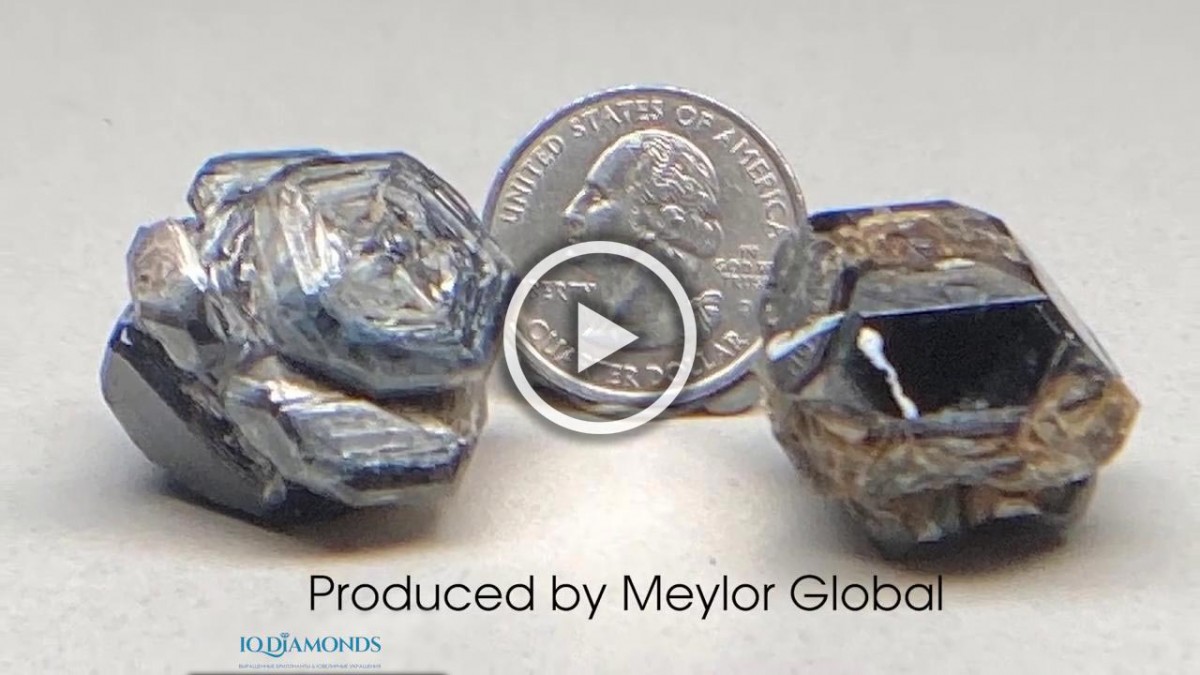
4It is impossible to visually distinguish a diamond created in a laboratory from a natural one. In fact, even after peering through a magnifying glass, a jeweler will not be able to see the difference. The only way to distinguish a grown diamond from a natural one is to conduct spectral and ultraviolet analysis in a laboratory.
5Lab-grown diamonds are unique. You will not find two identical stones. Any stone grown in a laboratory or mined from a mine will have natural imperfections and vary in shade. This is because in the laboratory, technologists recreate processes that occur in nature, and take the “grain” of a real diamond as a basis. In the laboratory, technologists grow real diamonds.
6The only difference between lab-grown diamonds and natural stones is their place of origin. Mined diamonds are formed underground, at a depth of 150-250 kilometers, and grown diamonds are formed in a special laboratory box.

7
Lab-created diamonds are 100% crystallized carbon, these are real diamonds, not synthetic ones.
Lab grown diamond = real diamond.
Cubic zirconia, moissanite, rhinestones and other substitutes are not real diamonds. They do not have the brilliance, cut and strength of grown diamonds.
8
All laboratory-grown diamonds are evaluated according to the same parameters and characteristics as mined diamonds.
Lab-grown diamonds are graded in the same laboratories that certify wild-mined diamonds. The evaluation method and parameters are the same.
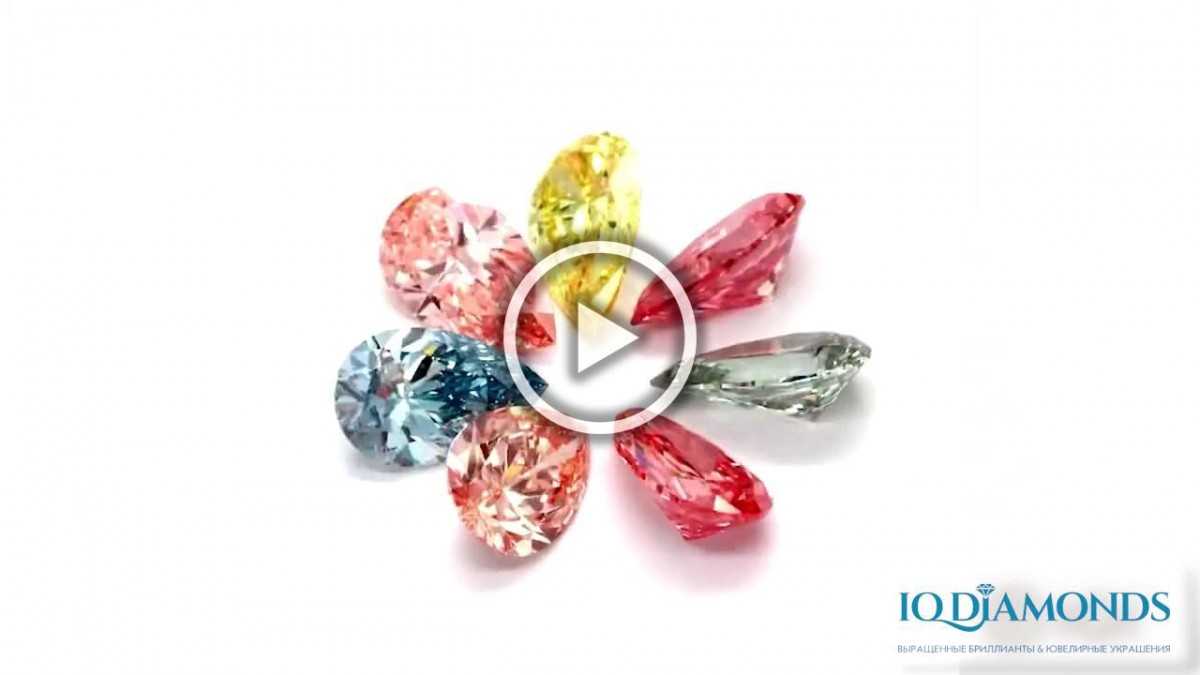
9
Diamonds created in the laboratory are environmentally friendly. They do not harm the environment, unlike the mining process of natural diamonds.
The fact is that open-pit diamond mining destroys the soil and ecosystem. To extract just 5 carats, companies process 1 ton of diamond ore. After processing, a lot of class 5 waste remains, which is sent to giant storage facilities. The territories are huge and not fenced in any way; the smallest particles of elements harmful to humans are freely carried by the wind. Microsubstances poison rivers and soil.
To grow diamonds in a laboratory, you only need electricity, which is obtained from alternative sources: wind, sun and waves. There is no waste in the form of harmful substances.
10
Laboratory diamonds can be given any shade. In nature, colored diamonds are rare. For example, the Oppenheimer Blue, a huge blue diamond weighing 14.62 carats, was sold at auction for $57.5 million. Not everyone can buy one.
Another thing is lab-grown diamonds. They can be made in any shape, size and color. And you can even recreate that same Oppenheimer Blue. And the cost of the recreated stone will be many times lower than its natural counterpart, and this is the only thing that will distinguish them from each other.
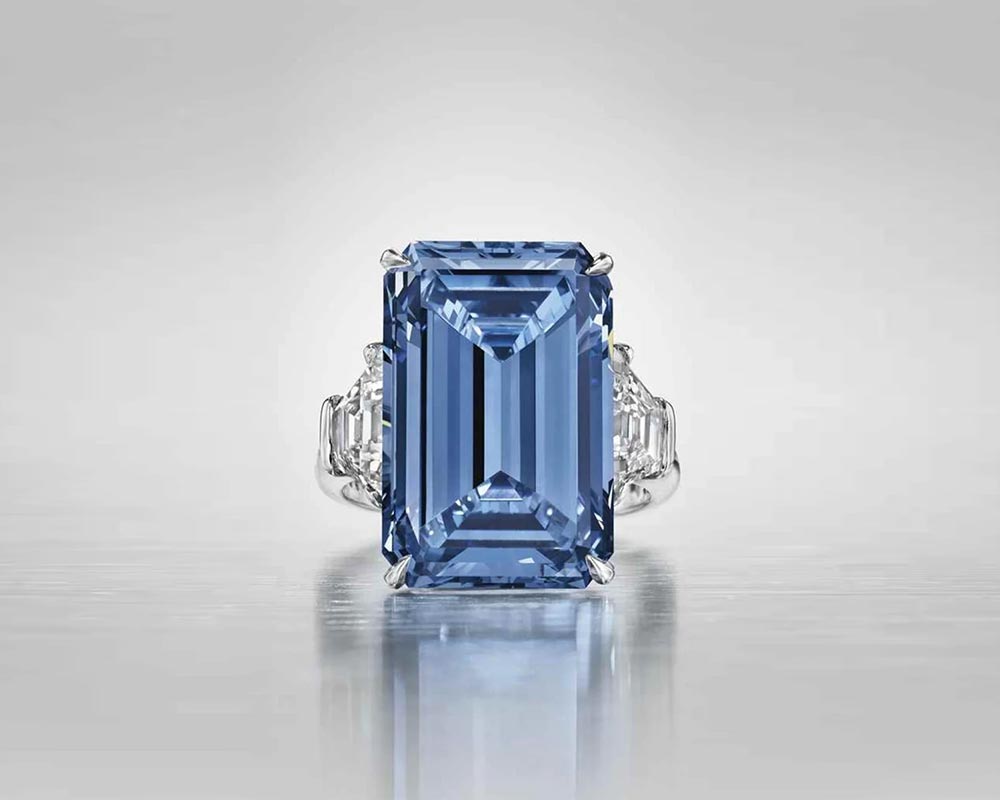
The blue diamond is considered one of the rarest gems.
Its price ranges from $150,000 to $700,000 per carat.
11Lab-grown diamonds have many names: lab-grown, lab-cultured, lab-created, chemical vapor deposition (CVD) diamonds, and even HPHT diamonds. These are all real diamonds that you can choose from the IQ Diamonds catalog. They will highlight your individuality and style.
Log in to your personal account